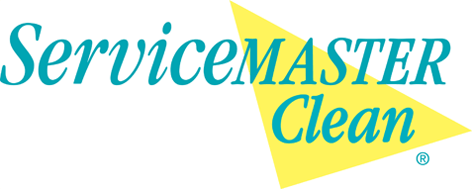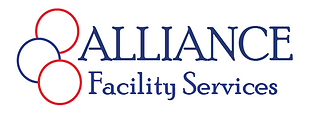Seven Best Practices for Procurement vs. Purchasing

February 28, 2023 by Medigroup
Among the most important operations for every business is the purchasing procurement process. It can require significant investments of revenue and employee time daily. That’s why procurement teams and team leaders aim to streamline the process using certain best practices. These can involve anything from creating contracts and implementing automation to evaluating vendors and contracted prices on goods and services.
Your company may follow different practices based on your industry. However, there are seven basic best practices that every company in every industry should implement in their purchasing procurement process.
1. Creating Contracts
The procurement process begins with the contract. The purchasing procurement contract is often between two parties, the client company, and the vendor. A procurement team can create contracts based on the needs and preferences of the company. The contract will contain details about the number of goods, the price of those goods, and the quality standards they must meet.
You can ensure a vendor meets your standards by asking for samples or trials. Your procurement team can base their assumptions on these offers. In addition, seek certain product discounts, when possible, especially if your company has the greater buying power to get better pricing. Creating the right contract will require deliberation and negotiation.
To ease this process, contact MediGroup to see how your practice may benefit from being part of a GPO.
2. Setting Budgets
Risks that cause financial strain on your company’s assets often plagued the procurement process. One of these risks is a harmful activity known as rogue spending. Rogue spending occurs when a procurement team makes purchases that do not align with your predetermined objectives and protocols. When these purchases occur, they breach the terms and conditions of the contract.
You can protect your company from rogue purchases by creating a comprehensive budget. Your budget should cover required inventory expenses and account for certain inevitable risks that may occur along the way. You can determine how much revenue is going toward the purchasing procurement process and work toward reducing the costs of the process.
3. Managing Suppliers
You can make or break the efficiency of the procurement process through communication and collaboration, which is especially true of the relationship between a client company and a vendor. Approved supplier lists can promote smooth collaboration between the supplier and the client company so the company can focus on a set number of suppliers. It can also reduce the burden of onboarding new vendors.
Besides onboarding, there are other activities like invoice generation and quality control tests that add to the complexity of a client-company and supplier relationship. Your company can manage suppliers by using certain best practices. For example, creating a proper contract is the key to a good company-supplier relationship at the time of purchase. You can eliminate miscommunications with a high level of collaboration between the two parties. Your company can monitor a supplier’s quality by using key performance indicators or KPIs.
4. Creating Transparency
Procurement systems are complicated. Transparency can help the people involved in the supply chain. Your purchasing procurement process may involve a significant number of employees and several locations, especially if your business is based on a franchise.
You may receive requisitions from several stores under the same brand at around the same time. To ensure the right inventory delivery in the right quantities, your company must create a visible supply chain. You can implement accountability using the following steps:
- Create procurement policies with proper inventory tracking to protect the company against unauthorized spending
- Use proper documentation like collecting invoices and approval slips
- Issue orders for inventory to a specific list of suppliers
5. Using Cloud Databases
Legacy systems often stored their information on paper records that went into physical files and cabinets. Unfortunately, these systems were counter-intuitive and outdated as businesses grew. That’s why procurement teams have implemented data collection systems that are more convenient than ever. They store their data in centralized locations like the cloud.
Cloud databases give companies access to all the data they need for the procurement process. They document and store every aspect of the process in the cloud, which is accessible to every member involved in the procurement process. They can monitor requisitions, approvals, and more on a single platform. All transactions and spending occur in a single place.
6. Training Employees
Procurement processes can involve in-house employees and vendors or suppliers. In-house employees come from multiple departments, especially in larger businesses. So, it makes sense to train your in-house employees, focusing on standards they must implement and other protocols.
The procurement process typically includes:
- Gaining familiarity with employees
- Evaluating requisitions
- Sending out orders
- Approval procedures
If your company uses software to assist the procurement process, then employees should learn how to use that software. Your business should outline its standards for goods and services from your suppliers. You can reduce errors and attract higher-quality inventory by training your procurement workforce.
7. Automating Purchasing
Using automation to streamline the purchasing process began in the early 21st century. Since then, many American companies have used procurement to overcome monotony in the procurement process. They use automation in these five areas of their procurement or purchasing systems:
- Generating e-invoices
- Creating requisitions
- Requiring approvals
- Getting purchase orders
- Managing company-vendor conflict resolution
Automation lets companies purchase the best goods available while they track spending and other procurement activities. Implementing automation is one of the best practices a company can use to streamline procurement and ensure maximum savings with the highest productivity.
If you are interested in learning more about procurement vs. purchasing and saving money for your healthcare organization or practice, contact MediGroup today.















